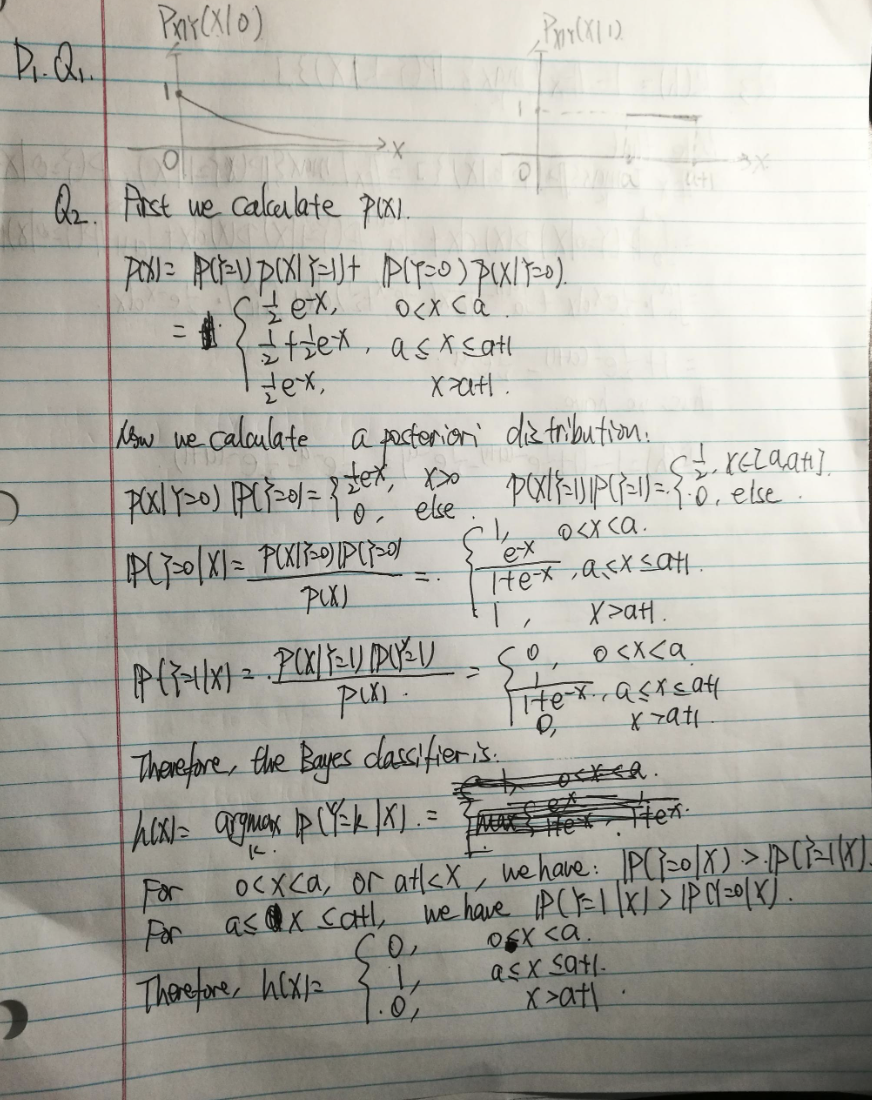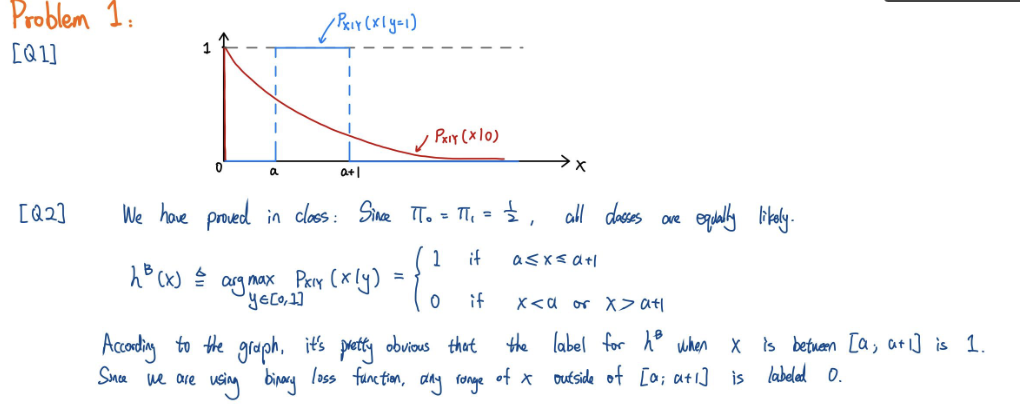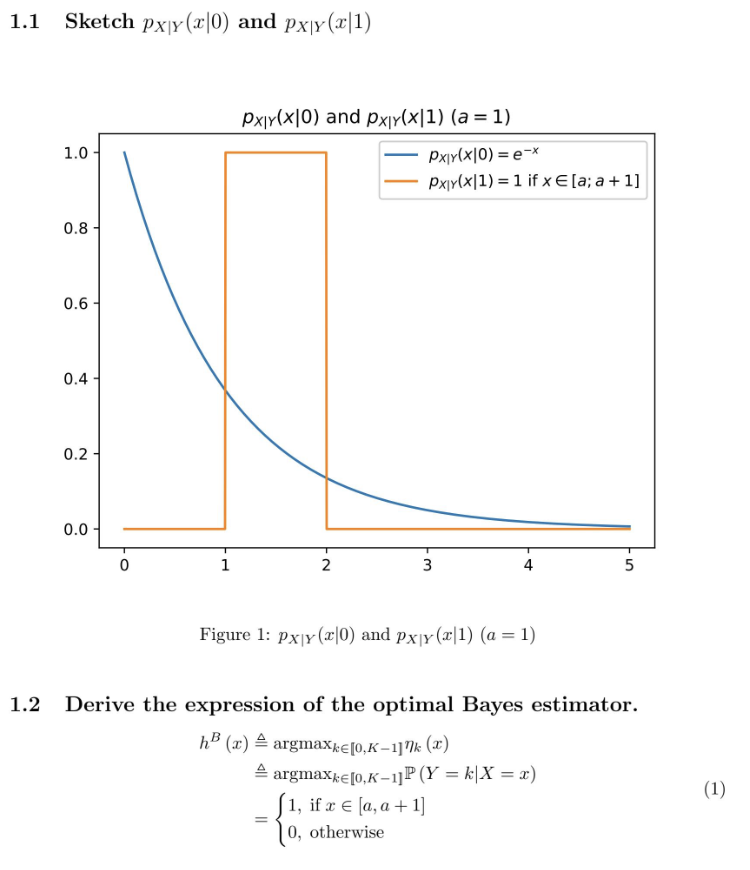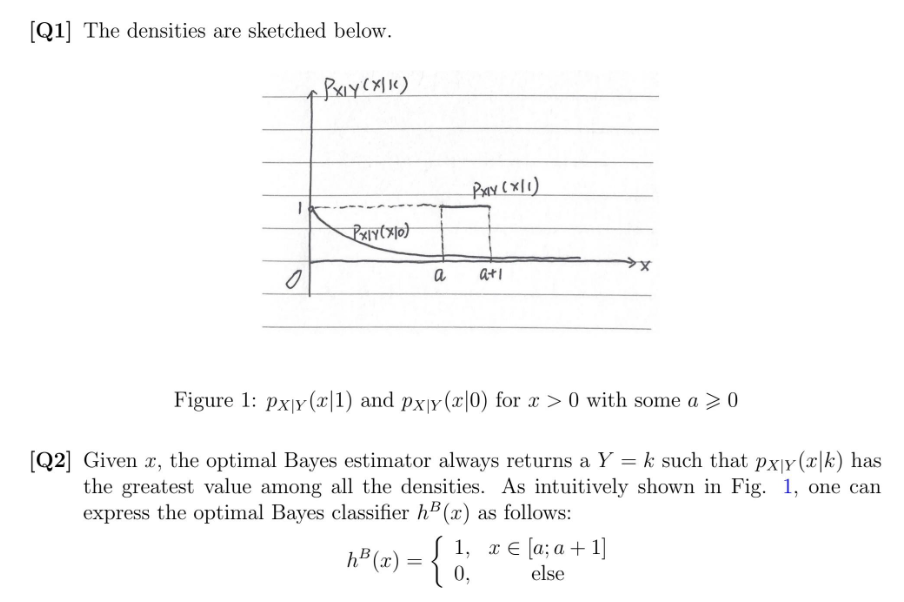Mathematics of ECE
Prof. Matthieu Bloch
Thursday, January 25, 2024
Mathematics of ECE
- What is it?
- Created to help ECE students master key mathematical tools.
- This is not a formal course attached to any class.
- This is the time to ask all the questions you want in a friendly and supportive environment!
- Who is it for?
- Every graduate student! This is a great opportunity to make new friends.
- When is it?
- 7 session over 3.5 week, on Tuesdays and Thursdays 3:30pm-4:30pm in Van Leer C241.
- Thursday, January 25, 2024: Writing clear proofs
- Tuesday, January 30, 2024: Linear algebra: vectors, matrices, and the spectral theorem
- Thursday, February 1, 2024: Linear algebra
- Tuesday, February 6, 2024: Probabilities: conditional probabilities, Bayes, and expectations
- Tuhursday, February 8, 2024: Probabilities
- Tuesday, February 13, 2024: Analysis: continuity, differentiability, and convexity
- Thursday, February 15, 2024: Analysis
- What to except?
- Most sessions will be run by PhD. Student Brighton Ancelin.
- We've identified key mathematical concepts, examples, exercises, and applications.
Good references
- *MIT 6.042J Mathematics For Computer Science: link
here
- This course covers elementary discrete mathematics for computer science and engineering. It emphasizes mathematical definitions and proofs as well as applicable methods. Topics include formal logic notation, proof methods; induction, well-ordering; sets, relations; elementary graph theory; integer congruences; asymptotic notation and growth of functions; permutations and combinations, counting principles; discrete probability. Further selected topics may also be covered, such as recursive definition and structural induction; state machines and invariants; recurrences; generating functions
- Daniel Velleman, "How to Prove it: A structured approach,"
Cambridge University Press
- Geared to preparing students to make the transition from solving problems to proving theorems, this text teaches them the techniques needed to read and write proofs. The book begins with the basic concepts of logic and set theory, to familiarize students with the language of mathematics and how it is interpreted. These concepts are used as the basis for a step-by-step breakdown of the most important techniques used in constructing proofs.
- What is a proof?
Example Problem

Example Solutions


Example Solutions


Structure of a proof
- Suppose \(a\) and \(b\) are real numbers. Prove that if \(0 < a < b\) then \(a^2 < b^2\).
Proof by equivalence
- Prove that for any real numbers \(a\) and \(b\), \((a+b)^2 −4(a−b)^2 =(3b−a)(3a−b)\).
Proof by counter example
- Not every odd number is prime
Proof by induction
- Prove that \(1+2+3+\dots+n = \frac{n(n+1)}{2}\) for every n∈ℕ
Proof by contraposition
- Suppose \(a\), \(b\), and \(c\) are real numbers and \(a > b\). Prove that if \(ac ≤ bc\) then \(c ≤ 0\).